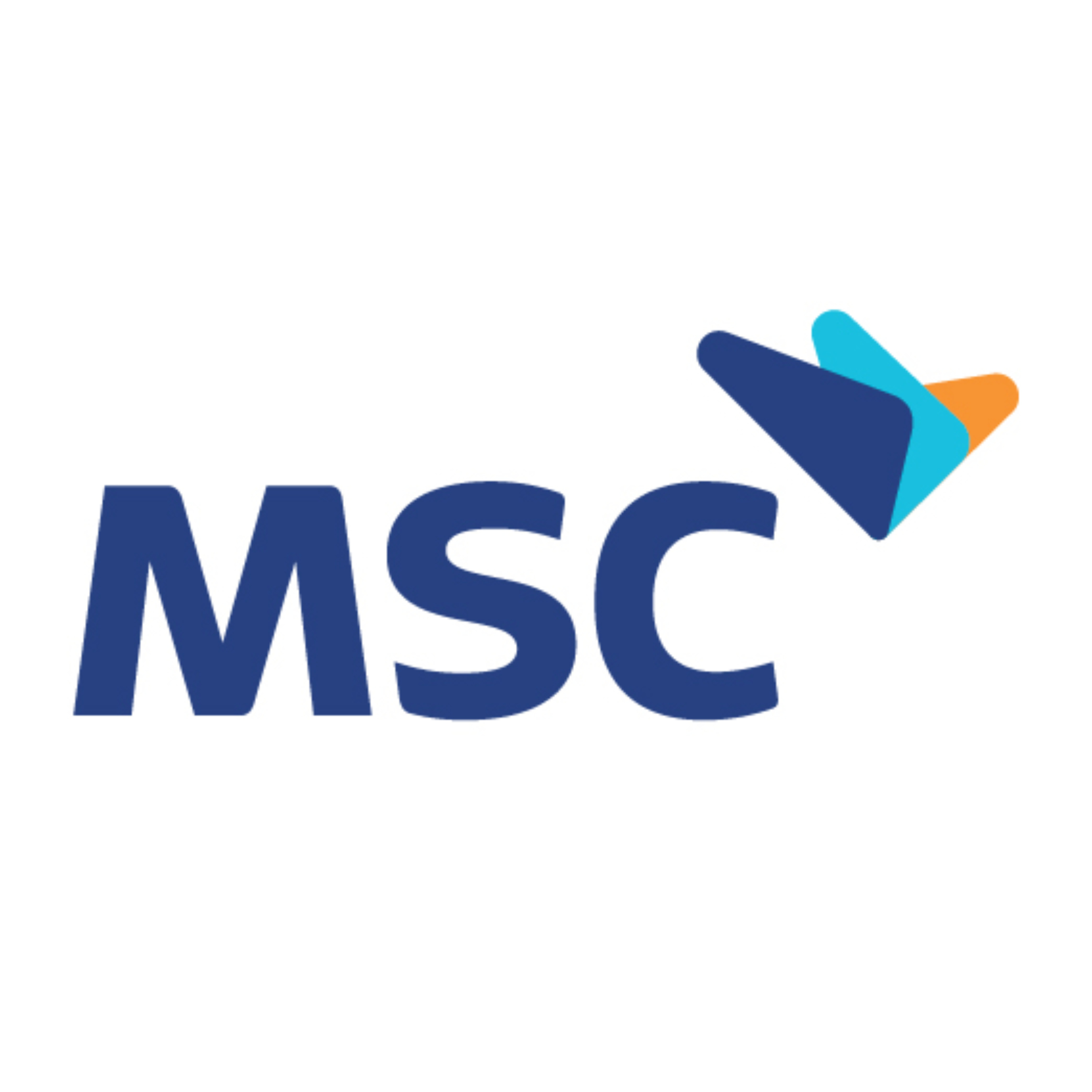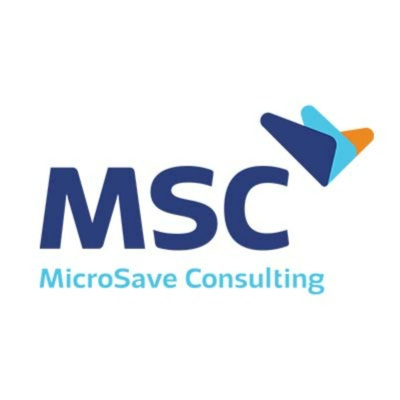Role of data in micro-credit
by MSC
Jun 2, 2022
0 min
The microfinance sector provides capital access to the society’s underserved segment. In India, this sector is growing significantly. However, the existing underwriting model follows the conventional method of credit score, which rules out a huge segment with zero or thin-file credit. Alternate data is required to meet this segment’s credit needs. Listen to our podcast to understand how Microfinance.AI uses this unserved segment’s digital footprint and provides them with capital access.

MicroSave Consulting (MSC) is a boutique consulting firm that has, for 25 years, pushed the world towards meaningful financial, social, and economic inclusion. These podcast series are hosted by MSC for dedicated founders, start-ups, investors, and other stakeholders in the startup ecosystem. Through this bouquet of curated conversations around developments in the financial inclusion space, we offer insights and lessons based on our research and expertise.
In India, microfinancing started in the 1980s to empower the poor and underserved segments of its population. In addition to credit access primarily, microfinancing also provides insurance, savings, and other financial services.
India’s microfinance sector has gradually evolved with the changing times ever since. However, the sector has not yet utilized the potential of digitization thoroughly. Industry players still use the conventional credit score methods for lending, adding to the challenges of a vast segment of the underserved population that lacks credit history.
The use of conventional methods leads to lower credit scores or exclusion of this segment from the ecosystem. Microfinance.AI recognized these challenges and saw an opportunity to serve the unserved and underserved. It identified the potential to include this segment into the financial ecosystem using other proxy indicators with digital footprints. These proxy indicators include income assessment scores, location, biometrics, and similar parameters.
Potential borrowers face challenges in accessing and using advanced technological services due to limited knowledge, resulting in the basic or restricted use of digital platforms. Considering the demography and profile of potential borrowers, Microfinance.AI designed its voice-assisted model in vernacular language.
The lenders can plug their product into the Microfiance.AI web platform, which will provide them access to profiles and data of potential borrowers in the given territory. Further, Microfinance.AI provides capital to microlenders to increase the loan deployment for the target segment. However, the target segment’s digital journey is slow, and it will take time to entirely onboard them on the digital path.
Individual entities or players in the ecosystem have unique expertise and strength and cannot provide end-to-end support. So, multiple players can collaborate to offer an end-to-end service that will address all challenges in the ecosystem. Stakeholders can provide a combination of digital and physical platforms to improve the overall efficiency of the ecosystem.
The use of alternate data in the sector can significantly change the credit scoring method and help serve the “left-out” segment. Listen to our podcast to understand the potential market size of this segment, the segment’s access to the market, the challenges of using alternate data, and how Microfinance.AI is addressing it.

 by
by  Jun 2, 2022
Jun 2, 2022 0 min
0 min
Leave comments